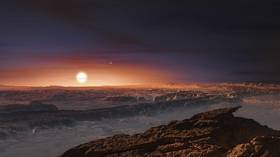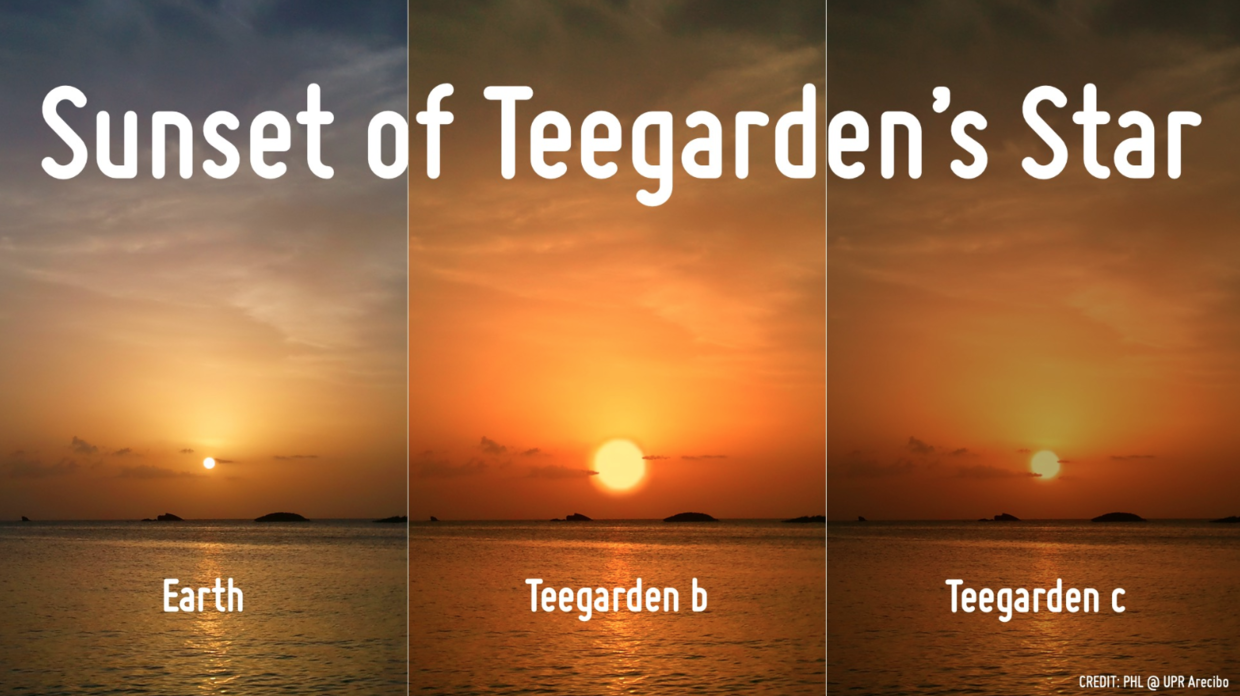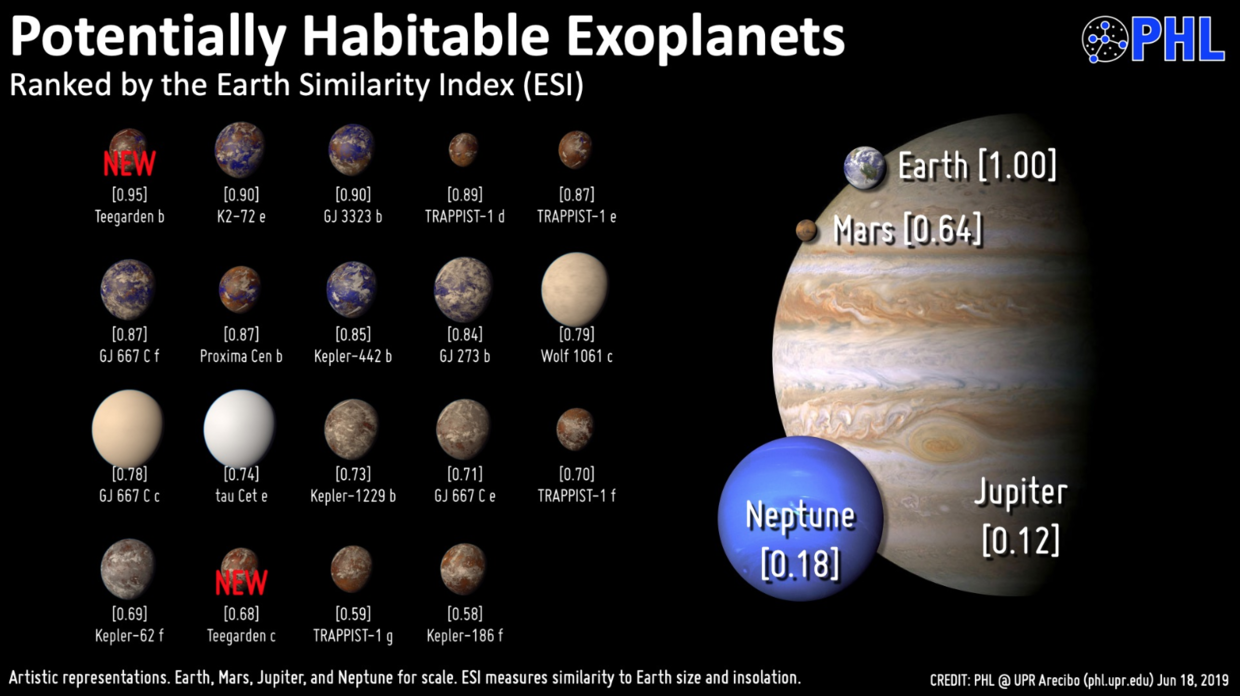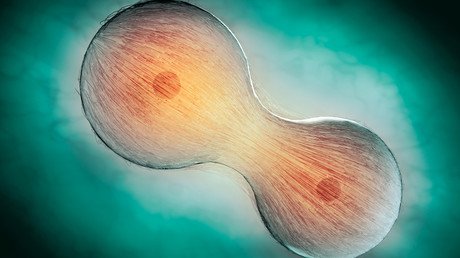2 new top contenders for human colonization emerge just 12.5 light years away

Scientists have announced the discovery of two new Earth-like planets within our own galaxy so similar to our own that they’ve already shot up into the top 20 contenders for future human colonization.
The planets orbit a neighboring star, Teegarden, just 12.5 light years away in the Aries constellation. Teegarden is an ultra-cool dwarf star 10 times lighter than our own sun, eight billion years old, and was discovered back in 2003.

“The two planets resemble the inner planets of our Solar System,”explains Mathias Zechmeister, an astrophysicist at the University of Göttingen and lead author of a study about the discovery.
“They are only slightly heavier than Earth and are located in the so-called habitable zone, where water can be present in liquid form.”
Also on rt.com Alien life could be evolving on 4 nearby exoplanets RIGHT NOW – studyTeegarden b has a 60-percent chance of a temperate surface environment suitable for habitation thanks to temperatures ranging from 0 to 50 degrees Celsius, with a likely average temperature of a balmy 28 degrees. Given its mass and minimal radiation exposure, Teegarden b, which completes its orbit in just 4.9 Earth days, has scored the highest Earth Similarity Index (ESI) ever.

Teegarden c would be closer in temperament to Mars, with a likely surface temperature of -47 degrees Celsius, so potential colonists might want to bring a heavy jacket and some thick gloves. The exoplanet completes its orbit in 11.4 Earth days.
“Both planets have a minimum mass close to one Earth mass, and [sic] a rocky, partially iron, or water composition,” the team wrote in their findings.
Don’t pack your bags just yet, as more research is needed to determine just how viable future human habitation of these exoplanets might be. One major concern is how quickly they orbit their rather dim star, which may make life there miserable or impossible.
Think your friends would be interested? Share this story!













